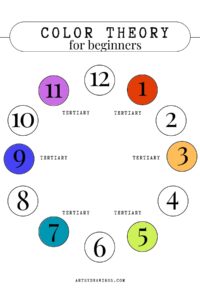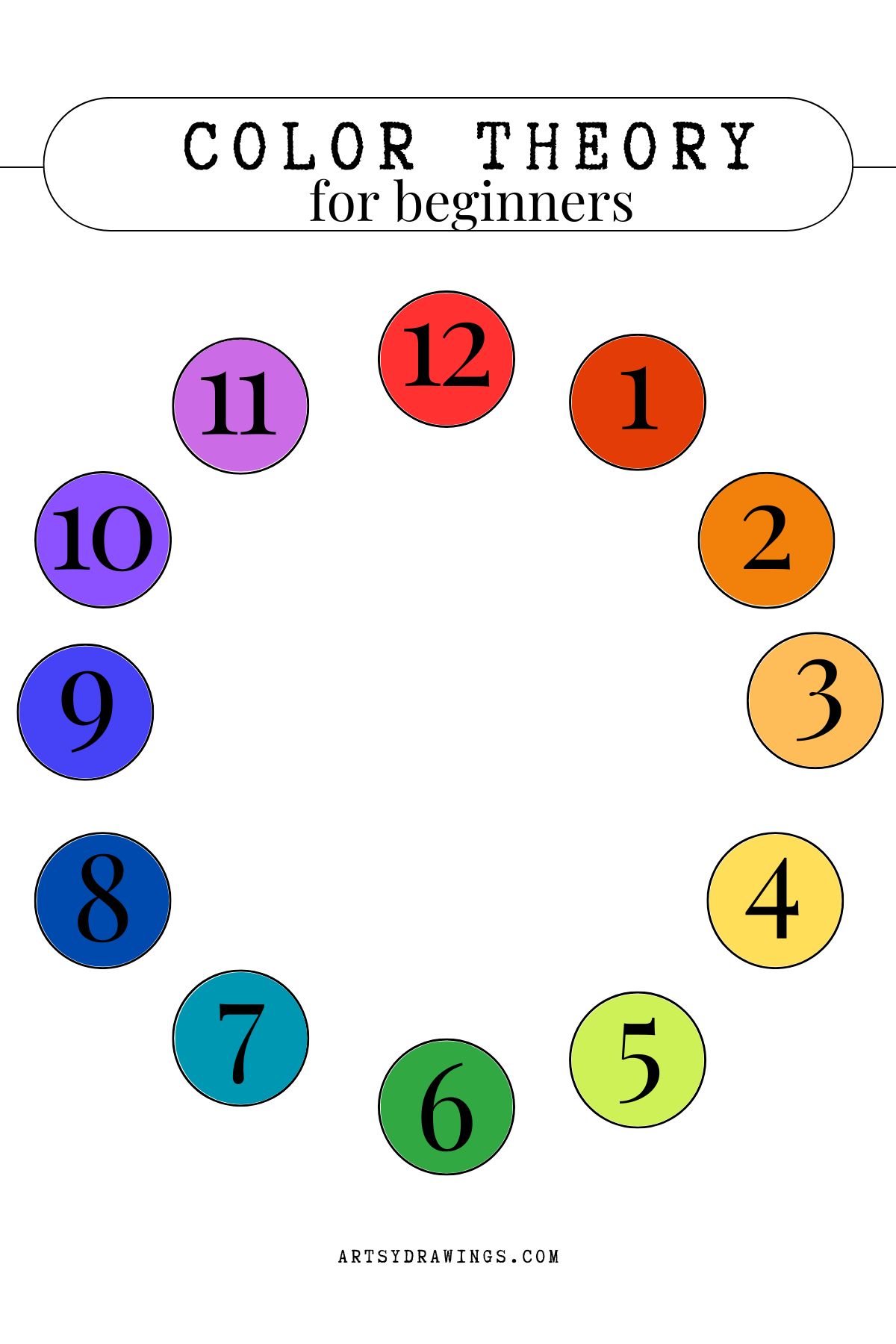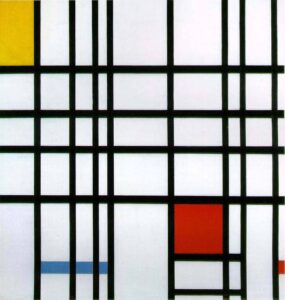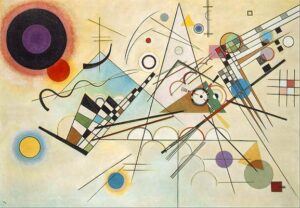Color theory is all about how colors work together and the rules that tell us how to use them in art, design, and in our daily lives. It’s really important for those who are just starting out in art and design because it helps you make things that look nice and balanced.
One important person in the story of color theory is Sir Isaac Newton. He found out that white light is actually made up of all different colors – red, orange, yellow, green, blue, indigo, and violet. This discovery helped us create the color wheel, which is a tool that shows us how colors relate to each other and how we can mix them to get different effects. In this blog post, you’ll learn how color makes a big difference in art, design, and even in your daily life.
For a more in-depth evaluation of color theory, check out this article on color knowledge tips for artists.
What is Color Theory?
Understanding color theory is really important when you’re creating art or designs. If you’re just starting out, it might seem a bit hard, but don’t worry! Once you get the hang of some basic ideas, you’ll be able to use color theory in your own work with no problem.
Let’s start with primary, secondary, and tertiary colors. These are the main parts of color theory.
Primary colors are red, blue, and yellow. They’re the starting point for all other colors. Secondary colors are made when you mix two primary colors together. That’s how you get green, orange, and purple. Tertiary colors come from mixing a primary color with a secondary color. That gives you colors like red-orange, yellow-green, and blue-purple.



So, how can we see all these colors and how they relate to each other? That’s where the color wheel comes in. It’s a tool that arranges the primary, secondary, and tertiary colors in a circle. By looking at the color wheel, you can learn about how colors work together.

For example, complementary colors are colors that are right across from each other on the color wheel. When you use them together, they make each other stand out and your artwork look really vibrant. Color harmonies are combinations of colors that just look good together. They can be analogous colors, which are next to each other on the color wheel, or triadic colors, which are evenly spaced around the color wheel.
Guidelines in Color Theory:
Understanding these guidelines in color theory can help you make informed decisions when creating art and design. By using the color wheel as a guide, you can create cohesive color schemes that enhance the overall look and feel of your work. Whether you are painting a piece of art, designing a website, or choosing an outfit, incorporating color theory can take your creations to the next level.
The color wheel is like a rainbow in a circle. It has primary colors (red, yellow, and blue), secondary colors (orange, green, and purple), and tertiary colors (mixtures of primary and secondary colors). Understanding these colors can help beginners create nice color combinations for their artwork.
Complementary colors are colors that are directly across from each other on the color wheel, like red and green or blue and orange. When you use them together, they create a strong contrast and make the artwork pop. On the other hand, color harmonies are groups of colors that look good together, like analogous colors (colors that are neighbors on the color wheel) or triadic colors (three colors that are spaced evenly around the color wheel).
Using Colors in Everyday Life:
Colors are really important in our daily lives because they can affect how we feel. For example, red can make us feel excited and passionate, while blue can make us feel calm and peaceful. Understanding how colors can affect our feelings can help us when we’re creating art or designs.
Artists like to use colors to make people feel different things. Two famous artists who did this are Piet Mondrian and Wassily Kandinsky. Mondrian liked to use big blocks of colors like red, blue, and yellow in his paintings. Kandinsky liked to use bright and bold colors to make people feel different emotions.
Piet Mondrian and Wassily Kandinsky were both really good at using color. They understood how colors can make people feel certain ways. Mondrian liked to use big, bright colors like red, blue, and yellow in his artwork. He made simple shapes and filled them in with these bold colors. One of his most famous works is called “Composition with Red Blue and Yellow”. In this painting, you can really see how he used these primary colors to make a strong statement.
On the other hand, Kandinsky liked to use lots of different colors in his art. His painting “Composition VIII” is full of many different colors. He used these colors to explore how they can make people feel. Both Mondrian and Kandinsky show us how color can be really powerful in art. They teach us that we can use color in smart ways to make people feel strong emotions.


Colors are also really important when we’re designing a website or a graphic. Warm colors like red and orange can make people feel excited and energetic. Cool colors like blue and green can make people feel calm and peaceful. By understanding how colors work, designers can use them to make people feel a certain way.
Businesses also use colors to make people feel a certain way. They do this to help people remember their brand. A good example is McDonald’s. They use the colors red and yellow to make people feel warm, energetic, and happy. These are feelings that we usually associate with eating fast food.
Understanding colors can also help you when you’re picking out clothes or creating a brand. By picking colors that match your personality and values, you can create a brand that people will recognize. When you’re picking out clothes, understanding colors can help you pick outfits that look good and express your personal style.
In Conclusion
Color theory is not just a tool for artists, but a fundamental aspect of everyday life. Understanding the basics of color theory can enhance your creativity, communication, and emotional expression through art, design, and branding. By exploring the impact of color on mood and emotions, as well as its practical applications in various industries, you can develop a deeper appreciation for the power of color in our lives.
So, whether you are a beginner in art or a seasoned professional, continue to explore and learn about color theory as a guide to creating impactful and meaningful work. Embrace the beauty and versatility of color, and let it inspire you to create art that truly speaks to the soul.
Enjoy this article? Read more from Emily here, and check out more color theory tips in this article.


Thank you for another excellent article. The place else may
just anyone get that type of information in such an ideal means of writing? I’ve
a presentation next week, and I am at the search for such information.
Keep up the excellent piece of work, I read few articles on this internet site and I believe that your website is real interesting and has lots of wonderful information.
Thanks for the sensible critique. Me and my neighbor were just preparing to do some research on this. We got a grab a book from our area library but I think I learned more from this post. I am very glad to see such excellent information being shared freely out there.
You completed certain good points there. I did a search on the issue and found nearly all people will go along with with your blog.
Good write-up, I am regular visitor of one’s website, maintain up the nice operate, and It’s going to be a regular visitor for a lengthy time.
Absolutely composed subject matter, Really enjoyed reading through.
I went over this web site and I conceive you have a lot of great information, saved to bookmarks (:.
I don’t ordinarily comment but I gotta state thanks for the post on this special one : D.